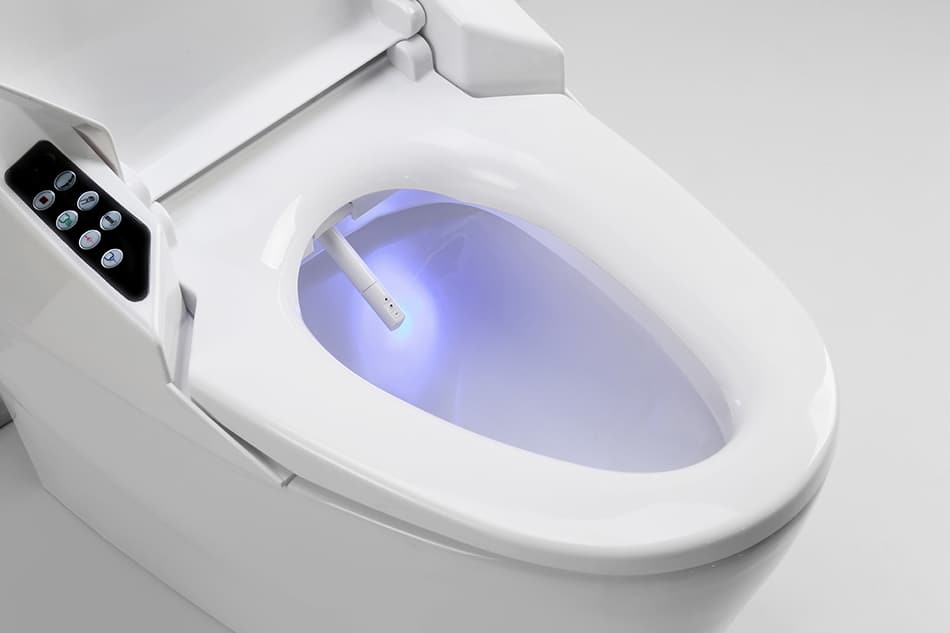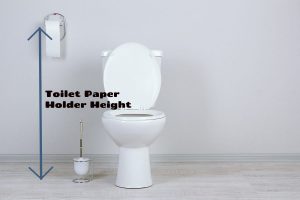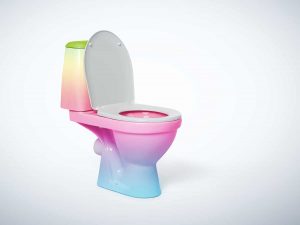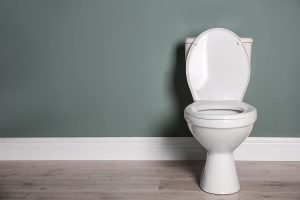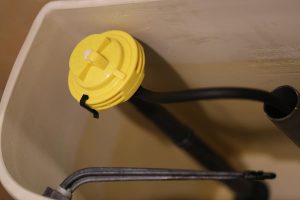There are many scenarios where a regular flushable toilet isn’t suitable, for example, if you have an RV or live in an area where water pipes frequently freeze. Remote locations where plumbing isn’t accessible, or you need your toilet to be portable can also lead you to look into alternative options to toilets that use water to function.
One of these options is an incinerating toilet, which offers numerous advantages to the user, as well as a few disadvantages. Here we take a closer look at exactly what an incinerating toilet is, how it works, as well as incinerating toilet pros and cons.
What is an Incinerating Toilet?
An incinerating toilet is a waterless toilet that quite literally incinerates human waste. They can run on electricity or fuels such as gas or propane and look much like a normal toilet.
After use, you would need to press a button, which causes the liquid or solid waste to be carried to an enclosed chamber within the toilet. Here, a heating element will incinerate the waste so that all that remains is a small pile of sterile ash, which will need to be disposed of once the compartment gets full.
Electric incinerating toilets incinerate the waste after each use, whereas a gas incinerating toilet will collect waste until the chamber is full and then incinerate it all at once. For this reason, gas-incinerating toilets take much longer to turn waste into ash; however, they can do so overnight when the toilet is not in use.
Pros of Incinerating Toilets
Conserve Water
One of the biggest benefits of incinerating toilets is that they do not require any water at all. This is an advantage in a number of ways, especially if you are working to reduce your carbon footprint.
The lack of water means you will save a significant amount each year and reduce your water bill. Incinerating toilets are a particularly good choice in areas where there is a water shortage so that the water can be designated for more important uses.
No Plumbing Required
As incinerating toilets don’t use water, they also don’t need plumbing. This can make them suitable for a range of scenarios where plumbing isn’t available, such as in an RV or at a construction site. The portability of these toilets makes them perfect for use at festivals or outdoor party locations.
They can also be useful if you want to install a toilet in a part of your home where getting it plumbed in would be difficult or create too much disruption.
Odorless
If you have tried other types of toilets that do not require water and plumbing, such as composting toilets, you have probably found that the biggest drawback with them is that they can smell very unpleasant.
Comparatively, incinerating toilets give off hardly any odor at all, making them a great choice for portable toilets in situations where a bad smell would be inappropriate, such as at an outdoor wedding venue.
Easy Cleaning
Incinerating toilets are known for being very easy to keep clean. Each time you use the toilet, you lay down a liner, which traps the waste and takes it to the chamber, where it gets heated up and turned to ash. Though using a liner each time might be a bit inconvenient, it does mean that the toilet will rarely need cleaning.
Easy Installation
The fact that incinerating toilets don’t need to be plumbed in means they are incredibly easy to install. In fact, the term ‘install’ suggests that some work is required to set up the toilet, but actually, it is as simple as unboxing the toilet and setting it where you want it to go, and then it is ready to use immediately. It can even be moved very simply at a later date if you change your mind about where you want it to go.
Work in Any Climate
Toilets that use water work well in warm climates, but these types of toilets can freeze in colder regions, and the toilet becomes useless. Therefore, incinerating toilets, which do not require any water and can therefore not freeze, are much more effective in extremely cold climates.
Space-Saving
Incinerating toilets tend to be more compact than regular toilets. This is great, considering that the most common types of places where you would need an incinerating toilet tend to be quite small, such as a bathroom in an RV.
The fact that these types of toilets are space-saving means you’ll have more space available for storage or maneuvering your body around the room.
Cons of Incinerating Toilets
Expensive
Undoubtedly the biggest drawback of incinerating toilets is the cost. They are very expensive to buy, typically costing three or four times as much as a regular toilet. You can expect to pay between $1500 and $4000 for an incinerating toilet, depending on the model you choose and whether it runs on electricity or gas.
Some people feel that the cost is justified to have a waterless toilet and the numerous other benefits incinerating toilets offer, while for other people, the high price makes these types of toilets outside of the realm of possibility.
Inconvenient
One of the problems with incinerating toilets is that they can be inconvenient. For most incinerating toilets, you need to apply a liner before each use, which can be particularly problematic if you have children who forget to do so. The main inconvenience, though, is that incinerating toilets cannot be used while they are doing the job of incinerating previous waste.
Depending on your incinerator type, the toilet can take anywhere from 40 minutes to four hours to finish turning waste to ash. This means that your toilet might be out of order for as long as four hours, which isn’t ideal for any situation, but especially if the toilet is supposed to serve many people, for example, at a festival.
